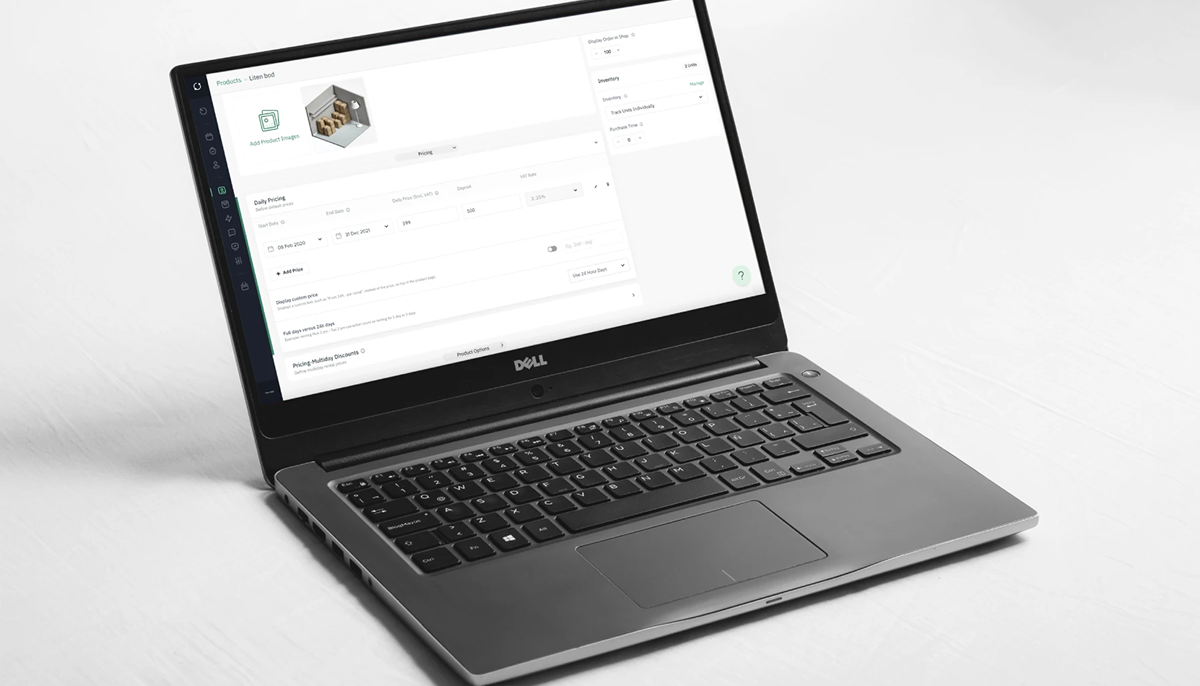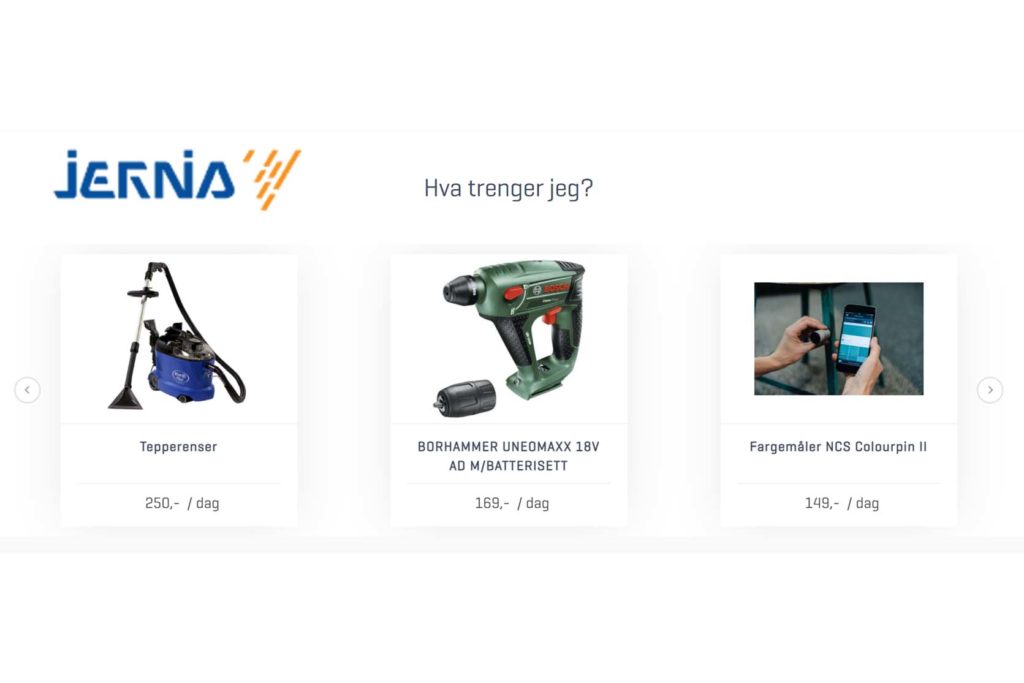Introduction
Creating a website for a small rental business is essential in today’s digital age. A well-designed website can attract more customers, streamline booking processes, and enhance overall customer experience. This guide will walk you through the steps of creating an effective rental website tailored to your small business needs.
Understand Your Market Position
Before diving into the technical aspects of building your website, it’s crucial to understand your rental business’s market position. Knowing your target audience, competitors, and unique selling points will help you design a site that stands out. For more insights on this topic, check out our article on building your company position.
Choose the Right Platform
Selecting the right platform is the foundation of your website. Popular options include WordPress, Wix, and Sharefox. Sharefox, in particular, offers specialized solutions for rental businesses, making it a great choice for seamless integration and management. Learn more about Sharefox Rental Software and how it can streamline your business operations.
Design and Usability
A visually appealing and user-friendly design is crucial. Ensure your website is easy to navigate with clear calls to action. Incorporate high-quality images and videos to showcase your rental products. For a detailed guide on adding visuals to your site, visit our step-by-step guide on adding videos and images.
Key Features to Include
- Online Booking System: Integrate an online booking system to allow customers to reserve items easily. Check out our online booking system for an efficient solution.
- Inventory Management: Keep track of your rental items with an integrated inventory management system. Explore more about our Inventory Rental Management System.
- Customer Reviews: Display customer reviews and testimonials to build trust and credibility.
- Responsive Design: Ensure your website is mobile-friendly to cater to customers using various devices.
Optimize for SEO
Search Engine Optimization (SEO) is vital for driving organic traffic to your website. Use relevant keywords, optimize meta tags, and create quality content to improve your site’s ranking. For tips on working with SEO, read our guide on SEO in Sharefox.
Security and Compliance
Make sure your website is secure and compliant with regulations. Use SSL certificates to protect customer data and ensure your site complies with privacy laws. For secure rental operations, consider integrating Sharefox’s secure verification module.
Continuous Improvement
Regularly update your website to keep it fresh and relevant. Add new features, update content, and improve usability based on customer feedback. For ongoing tips and improvements, follow our Sharefox Rental Academy for the latest updates and guides.
Conclusion
Building a website for your small rental business can significantly impact your success. By understanding your market, choosing the right platform, focusing on design and usability, optimizing for SEO, and ensuring security, you can create a robust online presence that attracts and retains customers. Start your journey with Sharefox Rental Software today and see the difference it can make.
Developing a Content Strategy
Content is king when it comes to attracting and retaining visitors to your website. Developing a robust content strategy involves creating valuable, relevant, and consistent content that appeals to your target audience. This could include blog posts, how-to guides, video tutorials, and customer stories. Check out our Sharefox Rental Academy for inspiration and resources to help you get started.
Essential Pages for Your Rental Website
- Home Page: This is the first impression visitors will have of your business. Make it engaging with a clear value proposition, high-quality images, and direct links to key sections of your site.
- Product Listings: Showcase all available rental products with detailed descriptions, pricing, and high-resolution images. For guidance on building a stunning rental page, refer to our guide on how to build a stunning rental page.
- Booking Page: Ensure a seamless booking experience by integrating an efficient online booking system. Learn more about setting up a booking system that meets your business needs.
- About Us: Tell your brand’s story, mission, and values. Highlight what sets you apart from competitors. For an example, visit our About Sharefox page.
- Contact Us: Provide multiple ways for customers to reach you, including phone, email, and a contact form. A well-designed contact page can enhance customer trust and engagement.
- FAQ Page: Address common questions and concerns to assist customers in making informed decisions. This can reduce the burden on your customer service team and improve user experience.
- Blog: Regularly update your blog with industry insights, tips, and news. This not only engages visitors but also improves SEO. For blog ideas and how to create posts, see our guide on creating blog posts.
Leveraging Social Proof
Customer testimonials, reviews, and case studies can significantly influence potential customers’ decisions. Showcase success stories and positive feedback prominently on your website. For inspiration, look at our case studies section.
Utilizing Analytics
Tracking and analyzing your website’s performance is crucial for ongoing improvement. Use tools like Google Analytics to monitor traffic, user behavior, and conversion rates. These insights will help you make data-driven decisions to enhance your website’s effectiveness.
Integrating Social Media
Social media integration is vital for promoting your rental business and engaging with customers. Ensure your website includes social media buttons linking to your profiles on platforms like Facebook, Instagram, and LinkedIn. This can increase your online visibility and drive more traffic to your site.
Offering Multiple Payment Options
Make it easy for customers to complete their bookings by offering various payment methods, such as credit cards, PayPal, and mobile payments. For more on integrating payment methods, visit our prepayment and payment methods guide.
Ensuring Mobile Compatibility
With a significant number of users accessing websites via mobile devices, ensuring your site is mobile-friendly is non-negotiable. Responsive design is key to providing a seamless experience across all devices. This will not only enhance user experience but also improve your search engine rankings.
Providing Excellent Customer Support
Offer various customer support channels, such as live chat, email, and phone support, to assist customers promptly. Implementing a robust support system can significantly enhance customer satisfaction and loyalty. For more on offering superior customer support, see our support page.
Conclusion
Creating a website for your small rental business involves careful planning and execution. By understanding your market, selecting the right platform, optimizing for SEO, and continuously improving your site, you can build a robust online presence that drives growth and success. Explore the various tools and resources available at Sharefox to help you on this journey.
Implementing a Blog Strategy
A well-maintained blog can be a powerful tool for driving traffic to your website and establishing your authority in the rental industry. Focus on creating content that addresses your customers’ needs and interests. Share tips, industry news, and success stories. For example, you could write about how to create a business plan for a rental business, providing valuable insights for new entrepreneurs.
Enhancing User Experience with Advanced Features
- Live Chat Support: Offering live chat support can help resolve customer queries in real-time, improving user satisfaction and conversion rates.
- Product Bundles: Create attractive product bundles to offer more value to customers and increase average order value. Learn how to effectively use product bundles and packages.
- Dynamic Pricing: Implement dynamic pricing strategies to optimize your revenue based on demand, seasonality, and other factors. Explore the benefits of dynamic pricing software.
SEO Best Practices
Optimizing your website for search engines is crucial for driving organic traffic. Here are some SEO best practices:
- Keyword Research: Identify relevant keywords that your potential customers are searching for. Incorporate these keywords naturally throughout your content.
- Meta Tags: Optimize your meta titles and descriptions to improve click-through rates from search engine results.
- Quality Content: Regularly update your website with high-quality content that provides value to your visitors.
- Internal Linking: Use internal links to guide users to related content on your site, improving navigation and SEO. For example, you can link to articles about optimizing your rental site or SEO importance for rental businesses.
Monitoring and Improving Site Performance
Regularly monitor your website’s performance using analytics tools to track key metrics such as traffic, bounce rate, and conversion rates. Use this data to identify areas for improvement. Implement A/B testing to experiment with different design elements and content strategies to see what works best.
Utilizing Email Marketing
Email marketing is an effective way to keep your customers informed about new products, promotions, and updates. Collect email addresses through your website and send regular newsletters. For tips on creating successful email campaigns, see our article on email marketing for rental businesses.
Incorporating Customer Feedback
Listening to customer feedback is essential for continuous improvement. Implement feedback forms and surveys to gather insights from your customers. Use this feedback to make necessary adjustments to your website and services.
Security and Privacy
Ensure that your website complies with data protection regulations and secures customer information. Use SSL certificates and adhere to privacy policies to build trust with your customers. For a deeper understanding of integrating secure systems, visit our secure verification guide.
Scalability and Future Growth
As your business grows, your website should be able to scale with it. Choose a platform and hosting provider that offers scalability options. Plan for future enhancements and features that can support your expanding business needs.
Conclusion
Building a successful website for your small rental business involves a blend of strategic planning, user-focused design, and continuous improvement. By implementing the steps outlined in this guide, you can create a powerful online presence that drives customer engagement and business growth. Utilize the comprehensive solutions offered by Sharefox Rental Software to streamline your operations and enhance your customer experience.
FAQs
- What are the essential features of a rental website?
- Essential features include an online booking system, inventory management, customer reviews, and a responsive design to enhance user experience.
- How can I optimize my rental website for SEO?
- Optimize your rental website for SEO by conducting keyword research, using meta tags, creating quality content, and incorporating internal links.
- Why is a mobile-friendly design important for a rental website?
- A mobile-friendly design ensures that your website is accessible and user-friendly on all devices, improving user experience and search engine rankings.
- What payment options should I offer on my rental website?
- Offer various payment options like credit cards, PayPal, and mobile payments to make it easy for customers to complete their bookings.
- How can I use social media to promote my rental business?
- Integrate social media buttons on your website and engage with customers on platforms like Facebook, Instagram, and LinkedIn to increase visibility and traffic.
- What tools can I use to monitor my rental website’s performance?
- Use tools like Google Analytics to track key metrics such as traffic, bounce rate, and conversion rates to make data-driven decisions for improvement.


